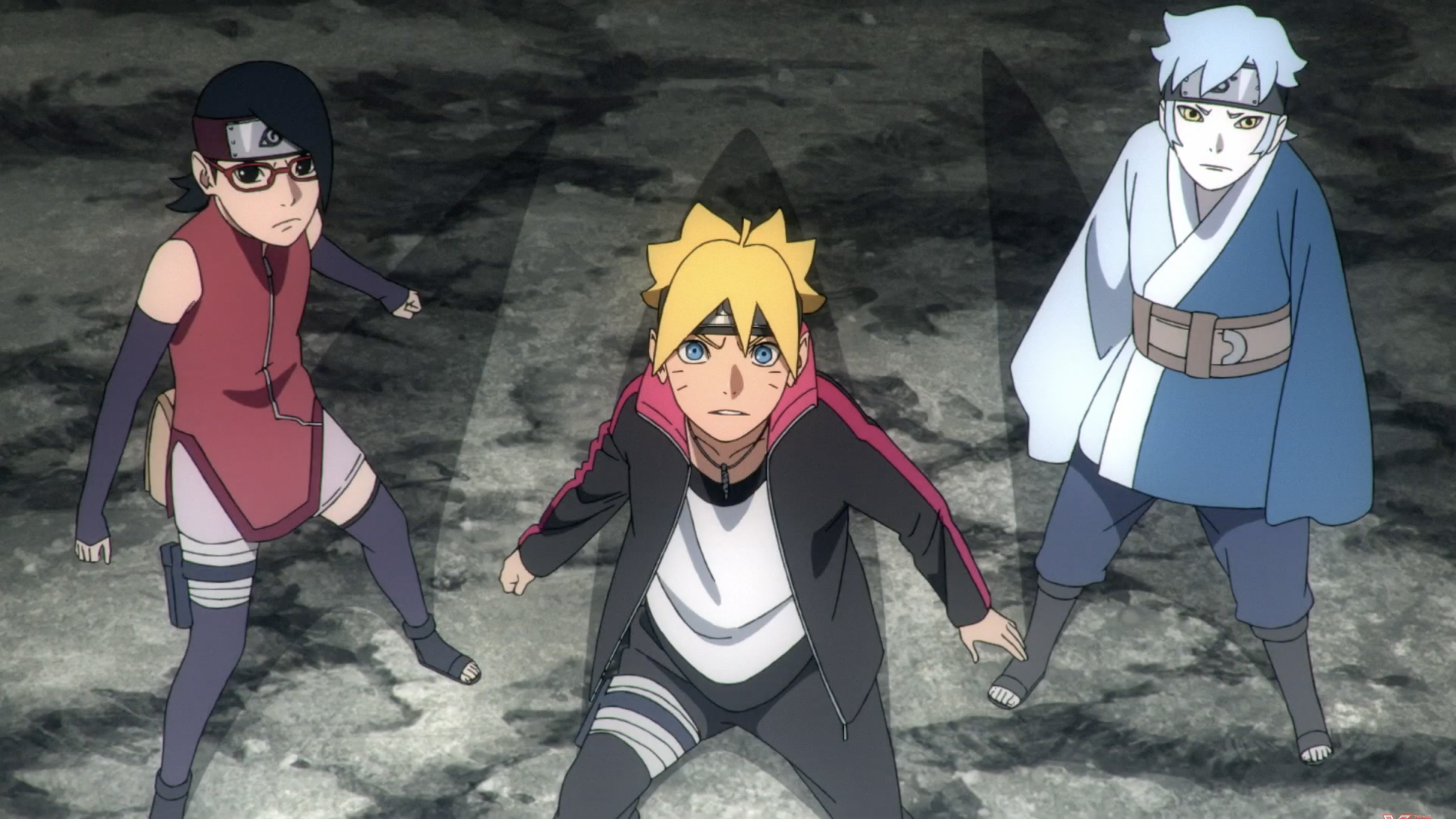#This Month in Tech History: July – Review Geek

Table of Contents
“This Month in Tech History: July – Review Geek”

July sees the beginnings of several tech icons. From the births of portable music and two beloved video game characters to the founding of two tech industry behemoths, find out what happened below.
July 1, 1979: Walkman Goes On Sale

Today, we take the ability to listen to any song whenever you want for granted. But before streaming music, smartphones, wireless earbuds, and more, there was the Walkman: the world’s first portable personal stereo. The brainchild of Sony’s Masaru Ibuka, the Walkman was born of his desire to listen to cassette tapes on his frequent international flights. He tasked his deputy (and future Sony CEO) Norio Ohga to develop a prototype device that was smaller and more portable than the Sony TC-D5, which he had been using for travel up to that point.
Ohga based the design of the Walkman on Sony’s portable cassette recorder, the Pressman, which the company primarily developed for journalists. Completed in time for Ibuka’s next trans-pacific flight, Sony’s president was so impressed by the device that he ordered it fast-tracked into production. The Walkman went on sale a mere four months later.
After an initial month of lackluster sales, Sony’s marketing team took to the streets of Tokyo to pitch the device directly to the public. The strategy worked, and the Walkman was on its way to changing how the world consumed music. Since then, the Walkman brand has sold more than 400 million units. And although Sony discontinued the cassette-based version of the device in 2009, the Walkman lives on as a digital audio player, outliving even its most successful competitor, the iPod.
July 5, 1994: Amazon Founded
Like many other iconic tech companies that we know today, Amazon began in its founder’s garage. Jeff Bezos realized the internet’s potential and launched it early on to establish it as a go-to destination for online shoppers. Originally founded as “Cadabra,” Bezo’s lawyer misheard the company’s name as “cadaver” over the phone, and Bezos realized a name change was in order. He settled on “Amazon” because of its exotic sound and that it would appear near the top of an alphabetic list. He registered the amazon.com domain on November 1st, 1994.
Bezos intended Amazon to be the world’s largest retailer from the beginning but didn’t know what to sell. He eventually chose books because they were easy to acquire, package, and ship. On July 16th, 1995, Amazon went online. Within two months was bringing in more than $20,000 of weekly revenue. Within three years, Amazon expanded beyond books and into selling music and video games as well.
The expansion never stopped. Bezos has realized his dream of Amazon as the world’s largest online retailer. As of 2022, the company brings in more than 300 million dollars in revenue, second only to Walmart. Bezos became the wealthiest person in history in 2018 and held onto that title until late 2021 when it was claimed by Elon Musk.
July 9, 1981: Donkey Kong Released

When Nintendo established its North American subsidiary, Nintendo of America, in 1980, its initial arcade release, Radar Scope, was a flop, leaving the company with thousands of unsold cabinets in its warehouse. Hoping to reprogram the inventory with a better-selling product, Nintendo assigned future video game legend, Shigeru Miyamoto, to develop a game based on the American cartoon franchise Popeye the Sailor.
In the game, Popeye would rescue his kidnapped love, Olive Oyl, from his archnemesis, Bluto. But when Nintendo failed to secure a license to use the Popeye characters, they were reimagined as the original characters Jumpman, The Lady, and Donkey Kong. (Jumpman and The Lady were later renamed Mario and Pauline in subsequent games.) And the game was titled Donkey Kong after its villain because Miyamoto saw him as the most compelling character.
Nintendo of America test-marketed the converted cabinets in the local Seattle bar scene, where they were a smash hit. Inventory quickly sold out, and the company began producing new cabinets in Redmond, Washington, rather than in Japan to meet mounting demand. Within the year, Nintendo sold 60,000 arcade units, making Donkey Kong the highest-grossing game of 1981.
The success of Donkey Kong in the arcade led Nintendo to port the game for several video gaming systems and produce a sequel, Donkey Kong Jr. It also inspired a spinoff franchise focused on Jumpman: Mario Bros.
July 10, 2008: App Store Launched
When Steve Jobs announced the iPhone in 2007, it sent waves throughout the tech world. But, as groundbreaking as the iPhone was at launch, it lacked several crucial features such as cut/copy/paste, multitasking, and 3G support. However, there was one feature that would eventually come to define the usefulness of the iPhone that Jobs was initially against adding: the App Store. He felt that opening up the iPhone to third-party developers would put the device at risk for viruses and introduce low-quality software into Apple’s walled-garden experience.
For the first year of the iPhone’s life, Apple limited users to preinstalled apps, of which there were only 17. If users wanted to run non-Apple programs, they had to jailbreak the device or run apps through the Safari web browser. However, Apple executives convinced Jobs to open the door to external developers after promising that the company would retain end-to-end control over what programs users could and could not install on their smartphones.
The App Store turned out to be a revolutionary tool. By providing a centralized, exclusive place to buy approved software, Apple infinitely expanded what the iPhone could do. The only limitation on the iPhone was now the imagination of millions of developers. Plus, it made Apple a fortune in profits, as they claimed 30% of all app sales. Since its launch, the App Store has generated $260 billion dollars in revenue.
July 15, 1983: Nintendo Releases Famicom

In the early 1970s, after nearly a century of producing playing cards and toys, Nintendo shifted its focus to the emerging video game market. Their first foray into the space was the 1975 arcade game EVR-Race, followed two years later by the company’s first gaming console, the Color TV-Game. While the success of their arcade line was hit and miss throughout the 70s, the Color TV-Game became the best-selling product in the first generation of video game consoles, despite only being available in Japan.
These triumphs, plus the smash hit of Donkey Kong in 1981, cemented Nintendo’s place as a leader in the video game industry and inspired the company to create their second home console: the Family Computer, commonly referred to as Famicom. Released in Japan in 1983, launch games included Donkey Kong, Donkey Kong Jr., and Popeye. By the end of 1984, the Famicom became the best-selling video game console in Japan.
Bringing the Famicom to the United States proved more difficult. The American market was devastated by the video game crash of 1983. Nintendo took steps to avoid the mistakes of their American counterparts, first by introducing Famicom technology into the country in arcade form, then redesigning the console for Western consumers. The result was the Nintendo Entertainment System, which went on to reinvigorate American demand for video games and become the best-selling third-generation console and one of the most iconic systems in the history of gaming.
July 18, 1968: Intel Founded
Intel wasn’t the first semiconductor business that Robert Noyce and Gordon Moore founded. More than a decade earlier, they were instrumental in creating Fairchild Semiconductors. There, Noyce co-invented the integrated circuit, which revolutionized computer technology and is now part of virtually electronic device we know today. During his time at Fairchild, Moore postulated that the number of transistors in an integrated circuit doubles every two years, a theory that has held true to this day and is known as Moore’s Law.
The pair left Fairchild after factional strife within the company, and slowing innovation led to the loss of profits, the resignation of the CEO, and the board of directors passing over Noyce for the position. They founded their new company as “NM Electronics” but quickly changed the name to “Intel,” a shortened version of “Integrated Electronics.” In the wake of their departure, the rest of Fairchild’s employees quit en-masse to start companies of their own.
Intel’s early days were the exact opposite of companies started in garages like Apple and Amazon. It was well funded and run by seasoned and accomplished industry professionals. And with Noyce’s and Moore’s dedication to constant innovation, it wouldn’t take long for the company to take a dominant market position. Two years later, the company’s first product, the Intel 1103, was the first integrated circuit to include DRAM on the market. The company never stopped innovating and is the world’s largest manufacturer of semiconductors, with its chips built into 83% of desktop computers and 78% of laptops as of 2022.
July 30, 1979: Apple Lisa Development Begins

It may be hard to imagine a time when every product Apple released was a commercial and critical success. But the company has a long and storied history of creating products that missed the mark. The most famous was one of the first, the Apple Lisa.
Steve Jobs named the project after his daughter, Lisa Brennan. But, because he did not acknowledge his paternity, Apple developed the acronym Locally Integrated Software Architecture to fit the name. It wasn’t until shortly before his death that Jobs admitted to his biographer that “Obviously it was named for my daughter.”
Apple ejected Jobs from the Lisa development team in 1980. He subsequently took over the newly formed Macintosh design team. Jobs’ efforts to make the Macintosh a less-expensive, more usable version of the Lisa would be one of the reasons for its failure in the marketplace.
Although the Lisa featured several innovations like the graphical user interface, task-oriented workflow, 5 MHz processor, and RAM expansion slots, it was plagued by software and performance problems. Also cutting against the Lisa was its sky-high price tag. On its release in 1983, the sticker price for the machine was $10,000, about $30,000 today.
After a dismal sales performance at launch, the company tried desperately to save its 50 million dollar investment. But efforts to lower the price and address performance issues couldn’t help the Lisa compete with Macintosh’s success a year later. Apple only sold 10,000 Lisas before they discontinued the line in 1986. The company resorted to burying its unsold inventory, 2,000 Lisas, near Logan, Utah in 1989.
If you liked the article, do not forget to share it with your friends. Follow us on Google News too, click on the star and choose us from your favorites.
For forums sites go to Forum.BuradaBiliyorum.Com
If you want to read more like this article, you can visit our Technology category.




